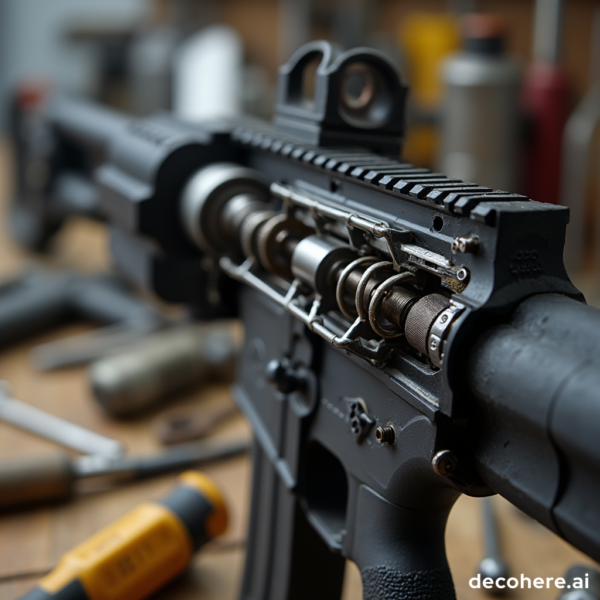Mastering Safe Wire Removal from Push-In Automotive Connectors: A Step-by-Step Guide
Understanding Push-In Automotive Connectors
Push-in connectors, commonly used in automotive wiring, provide a quick and secure method for connecting wires in vehicles without the need for soldering or crimping. They are widely utilized in various automotive systems, including lighting, sensors, and engine components, due to their reliability and ease of assembly. However, if you need to repair, replace, or reroute wiring, removing wires from these connectors requires specific techniques to avoid damaging the delicate locking mechanisms inside.

Source: findpigtails.com
Why Proper Removal Matters
Attempting to remove wires from a push-in connector without the correct tools or method can result in broken locks, bent pins, or even permanent connector damage. Damaged connectors can cause poor electrical contact or intermittent faults-leading to malfunctions in critical vehicle systems. Therefore, learning the correct removal process is essential for both professional technicians and vehicle enthusiasts.
Essential Tools for Wire Removal
While some connectors can be serviced with basic items, having the proper tools significantly reduces the risk of damage. The most recommended tools include:
- Automotive connector depin release tools: These are specialized implements designed to fit the small release catches inside connectors.
- Mini precision screwdrivers: Useful for prying tabs or accessing tight spaces.
- Alternative household items: A small flathead screwdriver or even a modified hair clip can sometimes work in a pinch, but use these with extra caution to avoid breakage [1] [2] .
Step-by-Step Instructions for Removing Wires from Push-In Connectors
Follow these detailed steps to safely remove a wire from a typical automotive push-in connector:
- Identify the Connector Type: Examine the connector to determine how it locks the wires in place. Most push-in connectors use small plastic or metal catches/tabs inside the housing.
- Locate the Release Catch: Look for a visible tab, slot, or catch either on the front or rear side. Some connectors require prying from the back, while others are accessed from the front [1] .
- Remove Any Secondary Locks: Many modern connectors have a secondary lock-a colored plastic piece that must be removed or slid out first. Gently use a flathead screwdriver to pop this piece out if present [2] .
- Insert the Release Tool: Using the correct depinning tool or a small flathead screwdriver, insert it into the slot alongside the wire until you feel resistance. This is where the locking tab is engaged.
- Release the Catch: Gently pry or push the tool to disengage the catch. Keep steady pressure-do not let go, as the lock will re-engage immediately if pressure is released [1] .
- Withdraw the Wire: While maintaining pressure on the release catch, use your other hand to gently pull the wire from the rear of the connector. If needed, place the connector on a solid surface for extra grip and control.
- Inspect the Wire and Connector: After removal, check both the wire terminal and the connector for signs of damage. If the locking tab is bent or broken, it may not hold securely upon reassembly.
Examples and Real-World Applications
These removal techniques are universally applicable on a wide range of connectors, from engine sensors to lighting assemblies. For instance, if you are replacing a faulty fuel injector harness, you may need to depin the wires from a push-in connector to install a new harness or repair a broken wire. In another example, when upgrading headlight wiring, proper depinning enables you to reuse quality connectors and avoid waste.
One practical demonstration shows how a simple bent hair clip, prepared with a 90-degree bend and the tip’s rubber removed, can serve as a makeshift depinning tool for common fuel injector connectors. While not ideal for repeated use, it offers an emergency solution for those without specialty tools [2] .
Common Challenges and Solutions
Removing wires from push-in connectors can present several challenges:
- Stuck or Stubborn Wires: If a wire does not slide out easily, the catch may not be fully disengaged. Reinsert the tool and ensure you are pushing or prying in the correct direction.
- Breaking Connector Tabs: Excessive force or incorrect tool use can break the locking tab, rendering the connector unreliable. Always use gentle, controlled pressure and avoid yanking the wire.
- Connector Variations: Some connectors have additional locking features, such as a secondary tab or a cover. Always consult your vehicle’s service manual or connector datasheet for specific instructions when available.
- Lack of Access: For connectors located in tight engine bays, use flexible or angled depin tools to reach the catch without removing additional components.
Alternative Approaches and Advanced Tips
If a specialized tool is not available, you may use a precision flathead screwdriver or even a trimmed paperclip, but take care to avoid damaging the internal locking tab. Several manufacturers offer dedicated depinning kits with various tip shapes to fit different connector models. Investing in a quality kit is recommended for frequent automotive electrical work [1] .
For certain connectors, the terminal can only be released from a specific side (front or back). When uncertain, search for technical guides or video tutorials for your specific vehicle make and model. Many automotive forums and manufacturer sites provide detailed images or videos that clarify the process for particular connectors [3] [4] .
Troubleshooting and Quality Assurance
If a wire cannot be removed after following the above steps, re-examine the connector for hidden secondary locks or consult a wiring diagram for your vehicle. In some cases, purchasing a new connector may be necessary if the original is damaged. After any repair, always test the electrical circuit before final reassembly to ensure proper function.
Where to Find Tools and Further Guidance
Automotive depinning tools are available at most auto parts retailers and online marketplaces. For additional guidance, reputable resources include manufacturer repair manuals and dedicated automotive wiring specialty websites. If you are unable to find a verified online source for a particular connector, consider searching for your vehicle’s make and model plus the term “push-in connector depin instructions” in trusted automotive forums or on official manufacturer support pages.
For complex or mission-critical repairs, professional mechanics or automotive electricians can provide expert service and ensure your wiring remains safe and reliable. Many local shops also offer advice or tool rentals for DIY enthusiasts.

Source: findpigtails.com
Summary of Best Practices
Proper removal of wires from push-in automotive connectors requires patience, the right tools, and an understanding of the connector’s locking mechanism. By following the outlined steps and using quality tools, you can prevent damage and maintain the reliability of your vehicle’s electrical system. Always consult official service information or seek professional help if you encounter resistance or uncertainty during the process. Safe, careful work ensures that your repairs last and that your vehicle’s wiring remains trouble-free.
References
- [1] FindPigtails.com (n.d.). How To Remove Wire Pins From Push-In Automotive Connector.
- [2] YouTube: How to remove pins from a connector / Depinning (2023). Step-by-step demonstration.
- [3] YouTube: How To De-pin Connectors | TECHNICALLY SPEAKING (2020). Technical overview and tips.
- [4] YouTube: Step-by-Step Guide: How to De-pin Connectors like a Pro (2023). Comprehensive removal tutorial.



